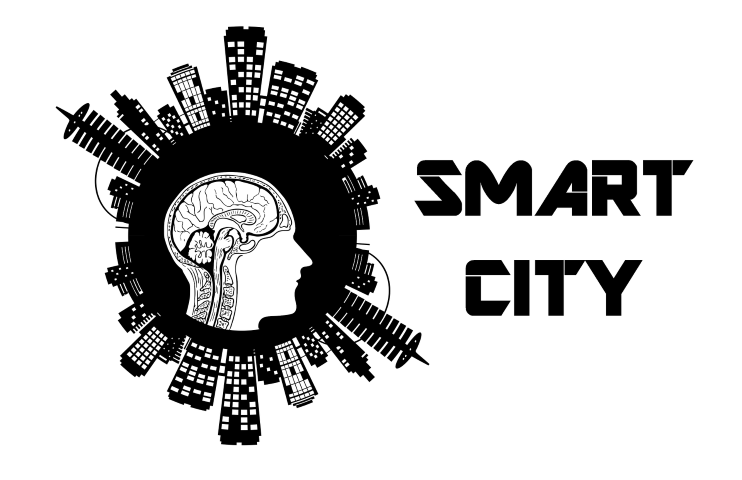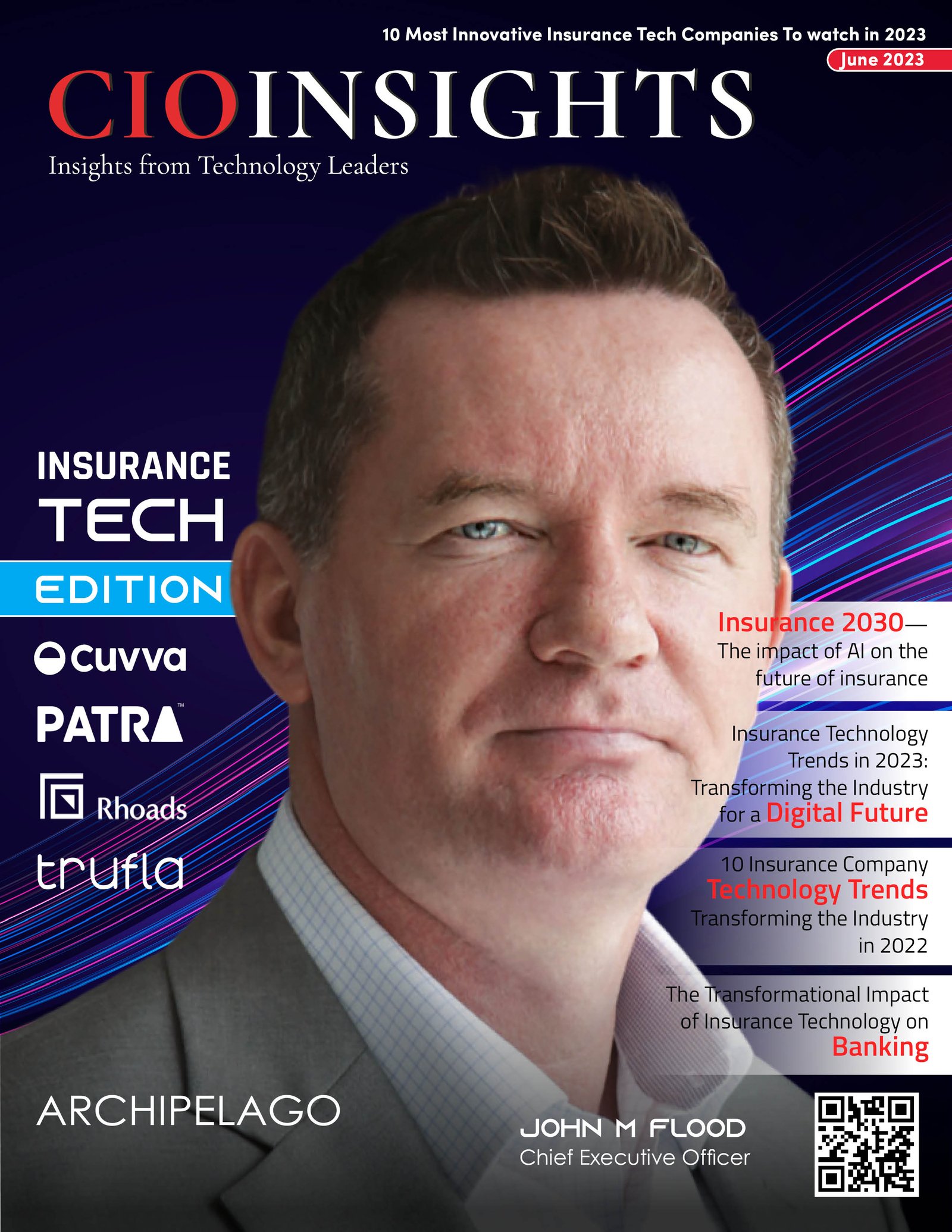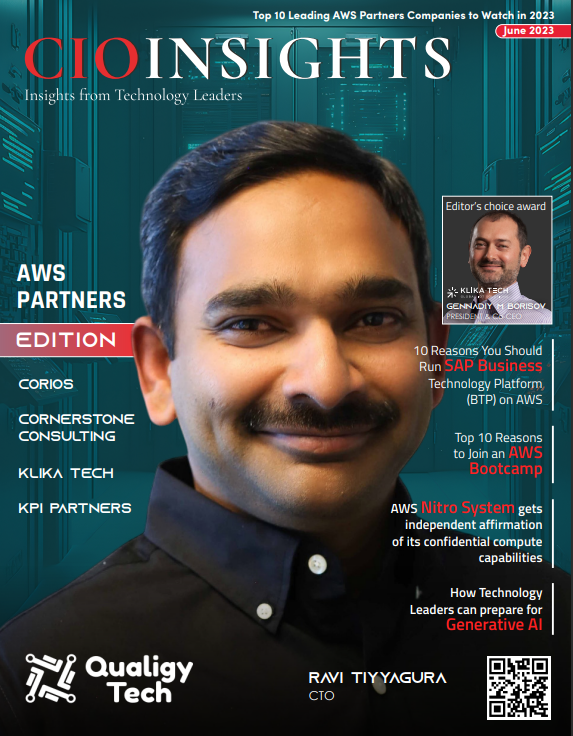What is a Smart City?

As it stands the modern Smart City movement is now over a decade old, and yet a unified answer for what is a smart city remains elusive. Even the validity of the term Smart Cities attracts debate from those who prefer “Intelligent Communities”, “Future Cities” or other alternatives for the basic fusion of physical and digital ideas of the city. This dynamic definition is not unexpected, Planners and Urban Designers have long had a variety of definitions for what we do and what our role is, as have the ideas and movements within the practice of city-making. My own thoughts on the matter are that Smart Cities refers not so much to the attributes of a city, but rather to a movement and practice focused on how cities respond and thrive in an exponential future.
Smart Cities are a city based response to the exponential trends of our time
Hope, Ideas and Cities
Cities are made of ideas – constructed from the vision, values and innovation of their inhabitants as they forge industries, social movements and cultures. As ideas ripple through our lives they are written into the fabric of the city, over time creating echoes of the people and their purposes in the buildings, infrastructure and memory of the city.
Sit in any city street and you can see these echoes combining with the ordinary sounds of the present day to give us a sense of place - take Sydney’s Martin place where I am sitting now, the Victorian Italian Renaissance Style General Post Office at the heart of the city shows the authority of the crown and colonial elite in its sculptures and emblems, it echoes with the confidence and utopianisim of a burgeoning city, and displays the importance of the Post Office as the source of news and a focal point of the community in the broad space in front of it. The building also shows the difference between the world in which it was built and today with Australia Post's relatively modest tenancy in the building and its reuse as shops, offices and a hotel. This change has been driven by a number of trends including ubiquitous news media, changes in banking systems and the decline of postal services.
At times the ideas which are etched into the city come less from the realities of industry, location or culture, but rather from ideas of what the future of cities can be. There is a long tradition of these futurist, faintly Utopian urbanist movements ranging from the Garden City’s of Ebeneezer Howard, to the City Beautiful of North America to the Radiant Cities of Le Corbusier. Each of these movements have taken the difficulties and challenges faced by cities at the time, reflected it through a visionary plan harnessing the technology of the day and projected a brighter, better future. Garden Cities took the unhealthy conditions of the London Slums and harnessing new industries and railroads of the day imagined interlinked networks of healthy cities maximizing the benefits of nature, light and air.
The City Beautiful similarly took the overcrowding and pollution of the American metropolis and sought to rationalise and harmonise the city to create similarly uplifted and healthy places. People have taken these ideas, applied them to their city and created reflections on the garden city or city beautiful across the world, from the Burnham Plan of Chicago, to the Burley-Griffin Plan of Canberra or the suburb of Orakei in Auckland. Throughout the application of these ideas to the city they have advanced through debate, discussion and technologies - these debates range from the criticisms of Jane Jacobs or the Modernists of City Beautiful design through to more recent critiques and debates of the New Urbanist Movement.
In this respect the Smart City Movement represents the latest of these urbanist movements. Like the movements before it, the Smart City remains an ongoing conversation with many viewpoints and positions - taking the exponential challenges which define our era reflecting them through the newly opened digital dimension of the city to imagine a metropolis which fuses the physical and digital together to create a better future.
The Exponential Challenge
At the foundations of the Smart City is the idea of living through a time of seemingly exponential megatrends such as:
Climate Change - The rise of sealevels represent a wide ranging challenge to cities ranging from the stability of their taxation bases to the viability of their drainage infrastructure. Effects like urban heat islands, changing biodiversity and food production patterns, and more uncertain weather all represent a potentially exponential change to the pattern of urban life.
Technology - The coming singularity and connectivity revolution are already reshaping our economic systems and career paths making digital inclusion, responsive environments prime design considerations for cities.
Wellbeing- Our cities are challenged to become more inclusive environments which support our people with an infrastructure of equity. This means supporting increasingly diverse populations to participate fully in society and the economy throughout peoples much longer lives.
Urbanisation - More people are living in cities than at anytime in our history. As the movement to cities accelerates globally we have larger and more numerous cities than before.
Mobility- More people and goods are moving than ever. With families dispersing around the globe we are now challenged with supporting these links in a global society.
These Megatrends are both the challenges of our time, but also the great opportunity for change. Smart Cities seeks to respond to these seeming exponentialities by fusing the physical and digital city together to create a new generation of responsive environments and institutions to secure a sustainable, resilient future. In this respect there are some critical differences between smart cities and previous movements:
- A Focus on How - previous movements were focused on the form and function of cities- and often deeply utopian in how this form would be achieved. This focus on the "how" drives debate about the nature of the relationships between citizen, city institutions and place. This brings Smart City dialogues directly into the ongoing discussion of how we govern our cities - leading to many variants in thinking as different government traditions, social licences and ideas of citizenship are reflected in growing ecosystems.
- Many Voices - Smart Cities involves a great many more people and disciplines than previous urbanist movements. The involvement of technologists, city officials, legal experts and others means that Urban Planners, Designers and Architects do not dominate the discourse as they did in previous movements, and the discipline of citymaking has become much wider.
- Velocity - Smart Cities is happening faster than previous movements - propelled by social media, technological change and urbanisation Smart City's has grown from blueprint to built environment at an unprecedented speed. This can be seen by the adoption of smart city's in hundreds of existing cities and the creation of a number of entirely new cities built from the ground up.
As these trends advance and their change curves steepen they are driving new dialogues and responses in cities and the wider smart city movement.
So What Does Smart Mean?
So what does Smart mean for a city? To me a smart city and it's city government are:
- Trusted - Public bodies must proactively manage and grow social license to do our work. This means using privacy as a design consideration, being transparent and connected to communities.
- Inclusive- As digital and physical worlds fuse institutions must understand who benefits, and who does not. Technology can make life more equitable by augmenting human abilities- eg beacon based guidance for the vision impaired can give people a measure of independence in their city, but it can also exclude people who either cant use it or are uncomfortable with it.
- Dynamic - Technology and people change- institutions must make change an operational factor, moving from a solutions to a positional mindset and always understanding how to engage and disengage from partners, technologies and systems to allow continuous improvement
- Human - The challenge is to humanise cities, not to mechanise them. Good cities are made for people, not machines and at a high level we should be aiming for an informed democracy, not data driven systems.
- Part of an Ecosystem - The future is a team sport- no one organisation or citizen can do it all. City Governments will outlast any private sector partner, and so must figure out their role in technical ecosystems with an eye to the long term and to growing notions of digital citizenship.
- Open - The streets are free, so should be the data collected in them - by opening data cities enable democracy, engagements and markets to run more effectively. City Governments can
- Local- The future happens here - made by us, not for us. The way we make and use technologies is guided by culture, and local factors such as indigenous data sovereignty, circular economies and resilience require local approaches and understandings of smart cities.
Conclusions
Smart Cities remains a collection of utopian ideas in the tradition of previous urbanist movements. Smart Cities with its technological roots it offers more tangible, incremental change than these previous movements, and because it can applied both to new and existing city fabric has had a faster transformation effect than previous ideas. The challenge is to harness this change to make smart cities a movement that humanises our cities rather than mechanises them. The immutable success factor for cities, that cities are for people remains, and as has been seen around the world, there is a difference between a technically enabled city and a smart city. In this respect technology remains an amplifier of actions- it is neither good nor evil, but makes the good better, and bad worse. This amplification effect ultimately will decide how long "Smart Cities" lasts as a movement, before it is succeeded by the next urban future.
This piece is in response to a number of people asking "What is a Smart City?". Whilst it does not directly answer the question I hope it gives some idea of my personal views on Smart Cities. These views naturally change and progress over times as I learn, but this is as they stand in mid 2019.








